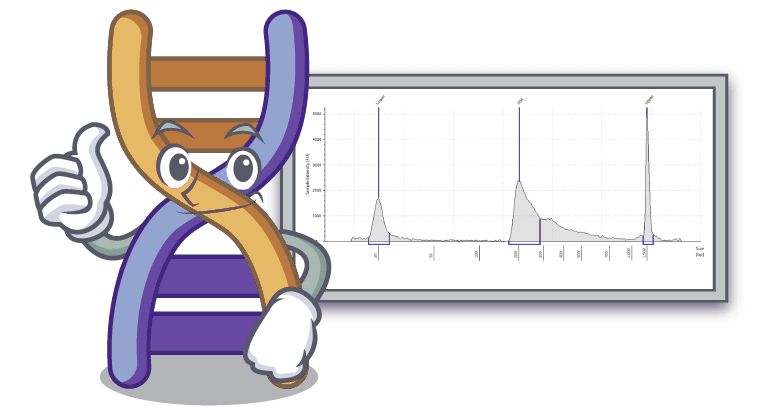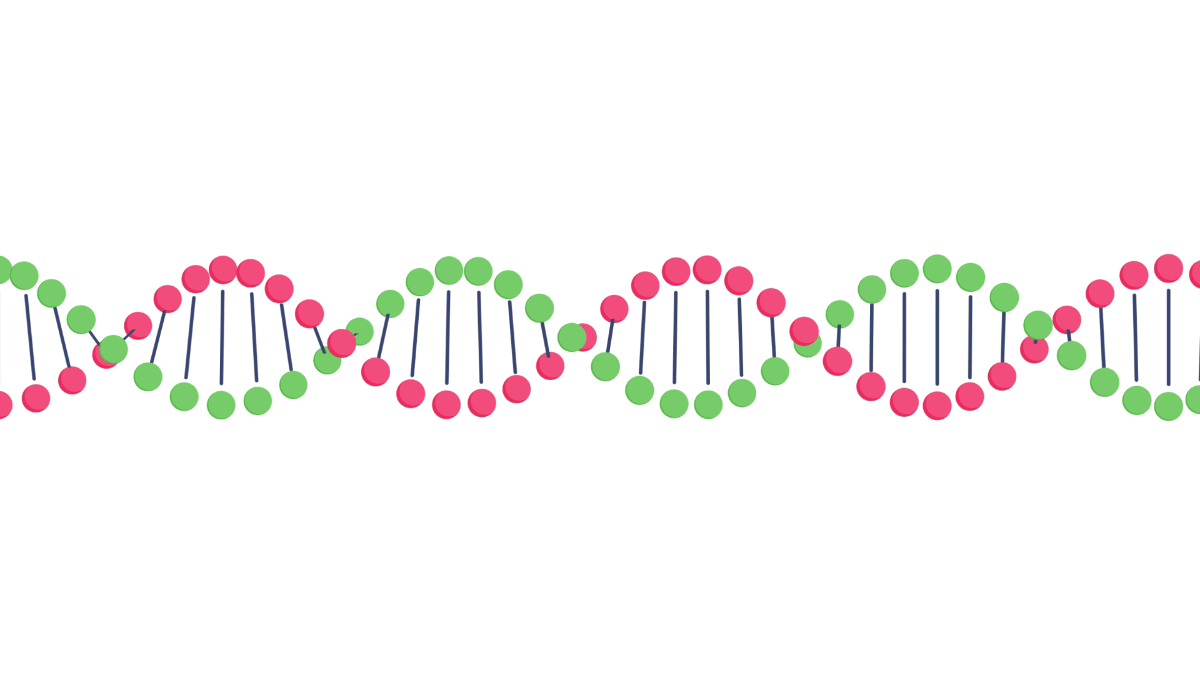Feb 21, 2019Researchers have now built a system with eight. It may hold clues to the potential for life elsewhere in the universe and could also expand our capacity to store digital data on Earth By Carl
What does DNA stand for? | Helix
The new, 8-letter version, is similarly stable. Credit: Science Source/Science Photo Library. The DNA of life on Earth naturally stores its information in just four key chemicals — guanine

Source Image: activemotif.com
Download Image
The letters DNA stand for Deoxyribonucleic acid, and this essentially refers to the shape and content of the molecule, however, the full name is… quite a mouthful so it’s shortened to DNA for clarity and ease of use.

Source Image: coolessay.net
Download Image
DNA101 – Everything you need to know for Synthetic Biology — NeoSynBio
Answer – In Biology, the letters DNA stand for deoxyribonucleic acid. Explanation: DNA is the acronym for deoxyribonucleic acid. It is the fundamental genetic material in most living organisms, including some viruses. The molecule gets its name from the components that make up its structure:

Source Image: pubs.acs.org
Download Image
What Do The Letters Dna Stand For
Answer – In Biology, the letters DNA stand for deoxyribonucleic acid. Explanation: DNA is the acronym for deoxyribonucleic acid. It is the fundamental genetic material in most living organisms, including some viruses. The molecule gets its name from the components that make up its structure:
Feb 22, 2023Grand Valley State University | Answered on 02/23/2023 Instant Answer: Step 1/2 DNA stands Answer for deoxyribonucleic acid. More Than Just We take learning seriously. So we developed a line of study tools to help students learn their way. Get Better Grades Now Ace Chat Your personal AI tutor, companion, and study partner. Available 24/7.
What Does Ectoine Do to DNA? A Molecular-Scale Picture of Compatible Solute–Biopolymer Interactions | The Journal of Physical Chemistry B
DNA structure and function. DNA is the information molecule. It stores instructions for making other large molecules, called proteins. These instructions are stored inside each of your cells, distributed among 46 long structures called chromosomes. These chromosomes are made up of thousands of shorter segments of DNA, called genes.
What does DNA stand for? | Metro News

Source Image: metro.co.uk
Download Image
What does D.N.A. stand for? : r/Jokes
DNA structure and function. DNA is the information molecule. It stores instructions for making other large molecules, called proteins. These instructions are stored inside each of your cells, distributed among 46 long structures called chromosomes. These chromosomes are made up of thousands of shorter segments of DNA, called genes.

Source Image: reddit.com
Download Image
What does DNA stand for? | Helix
The letters DNA stand for Deoxyribonucleic acid, and this essentially refers to the shape and content of the molecule, however, the full name is… quite a mouthful so it’s shortened to DNA for clarity and ease of use.

Source Image: helix.com
Download Image
DNA101 – Everything you need to know for Synthetic Biology — NeoSynBio
Feb 21, 2019Researchers have now built a system with eight. It may hold clues to the potential for life elsewhere in the universe and could also expand our capacity to store digital data on Earth By Carl

Source Image: neosynbio.com
Download Image
Printer paper sizes explained: Printing Basics 101 | PaperCut
Credit: Getty Images. The DNA of life on Earth naturally stores its information in just four key chemicals—guanine, cytosine, adenine and thymine, commonly referred to as G, C, A and T

Source Image: papercut.com
Download Image
Bacilli, bacteria, germ, microorganism, pathogen, streptococcus icon – Download on Iconfinder | Blog illustrations, Bacillus, Icon
Answer – In Biology, the letters DNA stand for deoxyribonucleic acid. Explanation: DNA is the acronym for deoxyribonucleic acid. It is the fundamental genetic material in most living organisms, including some viruses. The molecule gets its name from the components that make up its structure:

Source Image: in.pinterest.com
Download Image
What do the letters DNA stand for? What is RNA? How is RNA different from DNA? How many types of RNA are there? Name the three t
Feb 22, 2023Grand Valley State University | Answered on 02/23/2023 Instant Answer: Step 1/2 DNA stands Answer for deoxyribonucleic acid. More Than Just We take learning seriously. So we developed a line of study tools to help students learn their way. Get Better Grades Now Ace Chat Your personal AI tutor, companion, and study partner. Available 24/7.
Source Image: otago.ac.nz
Download Image
What does D.N.A. stand for? : r/Jokes
What do the letters DNA stand for? What is RNA? How is RNA different from DNA? How many types of RNA are there? Name the three t
The new, 8-letter version, is similarly stable. Credit: Science Source/Science Photo Library. The DNA of life on Earth naturally stores its information in just four key chemicals — guanine
DNA101 – Everything you need to know for Synthetic Biology — NeoSynBio Bacilli, bacteria, germ, microorganism, pathogen, streptococcus icon – Download on Iconfinder | Blog illustrations, Bacillus, Icon
Credit: Getty Images. The DNA of life on Earth naturally stores its information in just four key chemicals—guanine, cytosine, adenine and thymine, commonly referred to as G, C, A and T